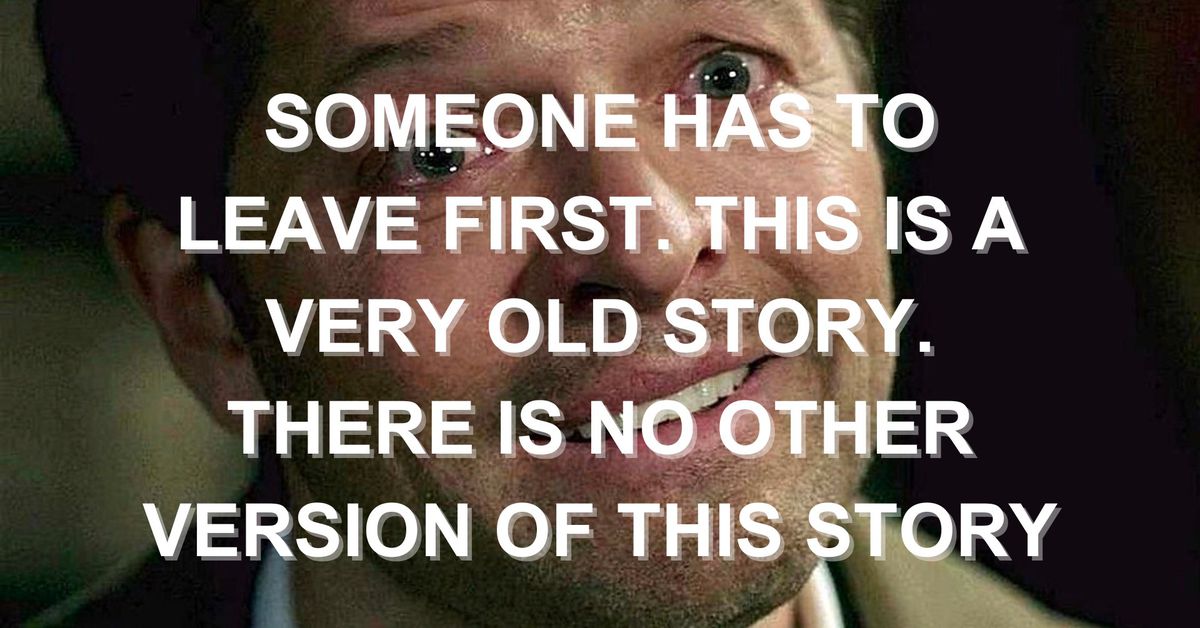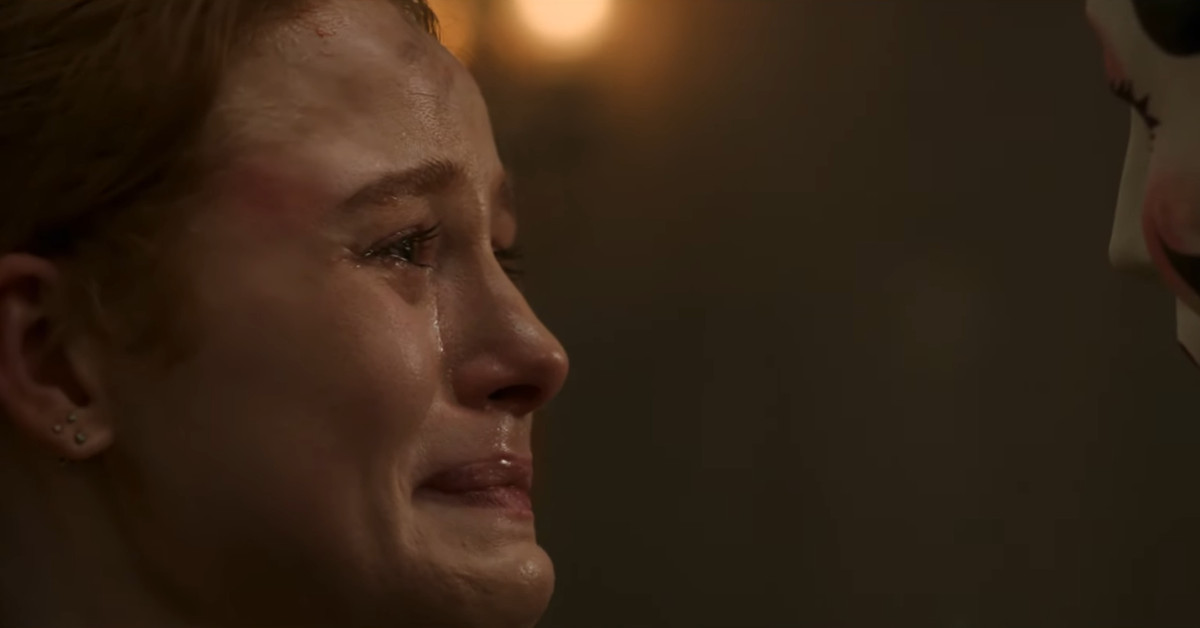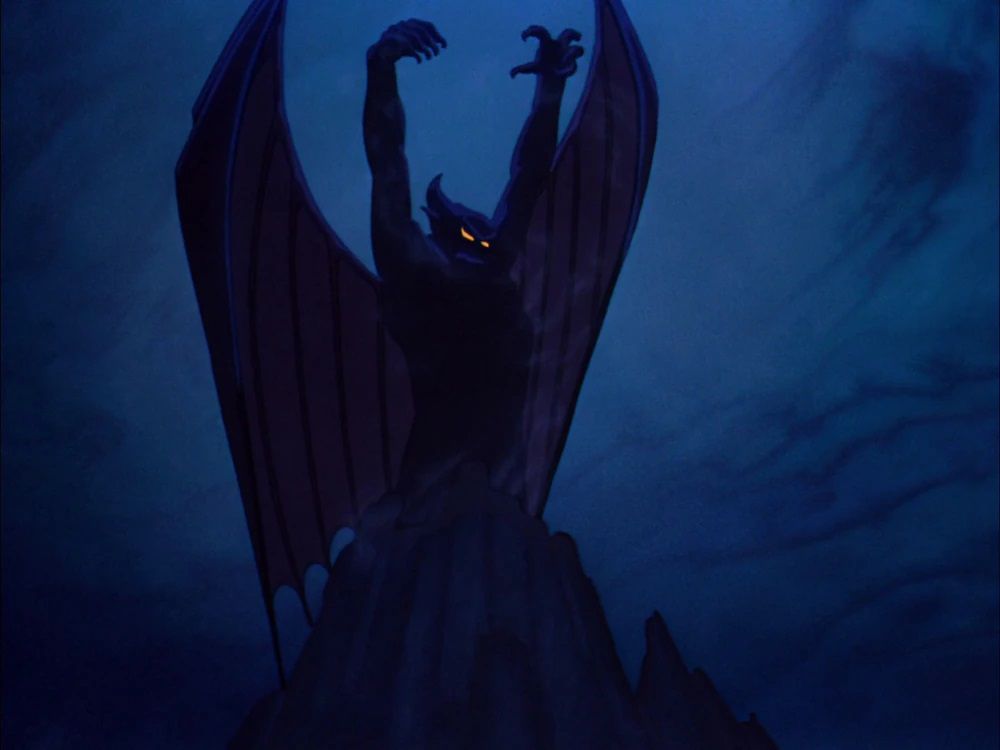Today — Friday, Oct. 20 — two wildly clashing and yet somehow complementary works from creators at the top of their game, both sitting right at the intersection of art and commerce, arrive at the same time. It’s Barbenheimer all over again, but this time it’s just for me. Today, we are blessed with both Nintendo’s Super Mario Bros. Wonder and Martin Scorsese’s Killers of the Flower Moon.
I’m very excited. But is there really more going on here than just the confluence of two things I’ve been looking forward to, from two diminutive Italian men that have been very important in my life? Yes, obviously. Beyond both being extremely good, this game and this movie share a fascinating cultural resonance with each other — as well as with Barbie and Oppenheimer — which I will now proceed to explain.
The whole Barbenheimer thing began with the amusing contrast of those two movies on their coincidental release date — feminine and masculine, bubblegum and serious, dolls and bombs. Well, you don’t get more contrasting than an anarchic, surreal platform game that constantly reinvents its own rules and a three-and-a-half-hour neo-Western about the murder of the Osage tribe in 1920s Oklahoma.
But the true joy of Barbenheimer was in discovering that both movies ruled, that they could play to each other’s audiences, and that under their strikingly different artistic poses, they shared a common sense of purpose. They were both about something and even shared some themes. The same is true of the latest from Mario and Marty: Hats. Flowers. The specter of mortality. The inevitability of weakness. The sexiness of elephants. It’s all there.
In this new unwitting duology, Killers of the Flower Moon clearly plays the role of Barbie: Leonardo DiCaprio’s character in the movie, Ernest Burkhart, is a classic Ken, a lunkhead whose misplaced affections and inferiority complex lead him to build a dystopian nightmare around himself that destroys everything he truly loves. Plus, both movies have lots of cool cameos.
That makes Super Mario Bros. Wonder the new Oppenheimer, an intellectual, format-breaking work that plays games with structure and explores the terrible power of the human imagination. When Mario touches the Wonder Seed, he achieves a new level of insight that atomizes his world and rearranges it in a new shape — just like J. Robert Oppenheimer. And of course, Mario, too, flirted with joining the Communist Party in the 1930s.
In all seriousness, though — well, in some seriousness — what a lucky day this is. A new 2D Mario, from Nintendo’s peerless internal studio and produced by original Super Mario Bros. designer Takashi Tezuka, that feels like a spiritual continuation of the series’ greatest games from the 1980s and ’90s. A new Scorsese, as expansive, troubled, and full of life as anything he’s made in his 50-plus-year career. Absolute masters at work. All we can do is look on in grateful awe.










